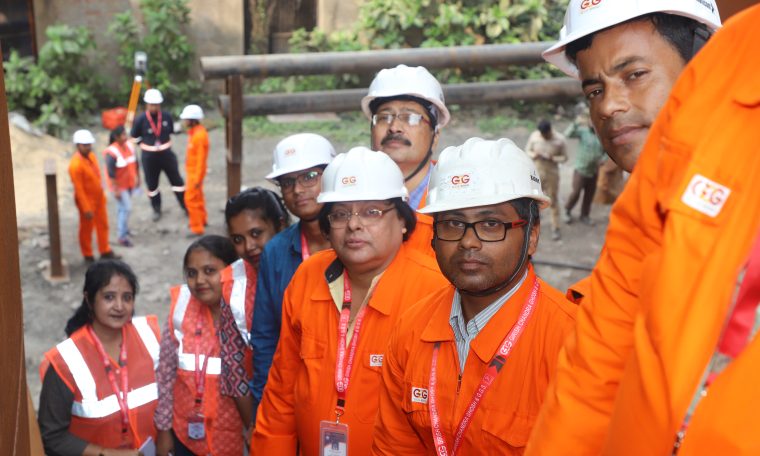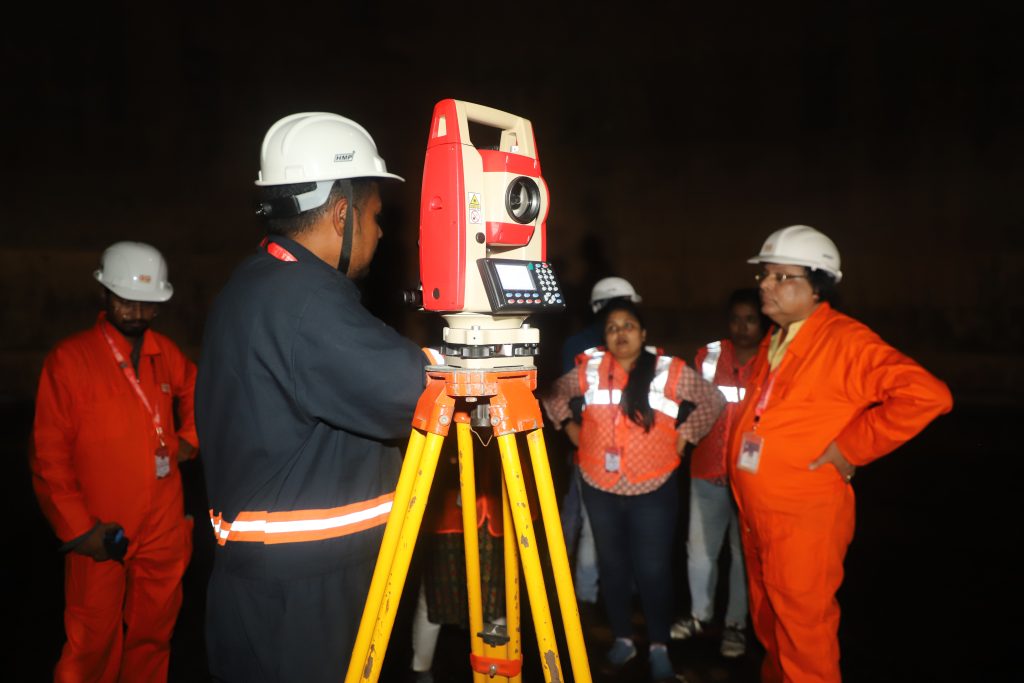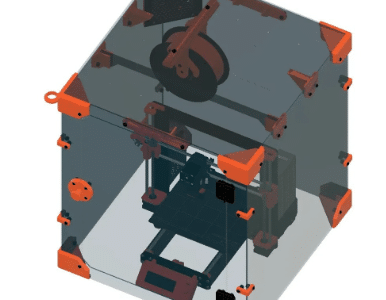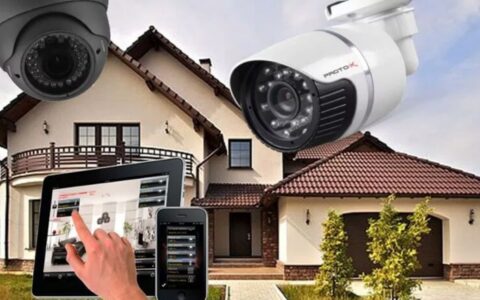
In the dynamic landscape of fleet management, operational efficiency matters. This is where precise measurement and continuous monitoring come into the picture. Ensuring an accurate understanding of fuel consumption optimizes daily operations. It also contributes to cost-effectiveness and environmental sustainability. Cutting-edge technology, like Fuel Level Sensors and tank calibration, revolutionizes efficiency and accuracy. Gain knowledge of fuel tank calibration services, and tank level calibration.
Understanding Fuel Level Sensors
Fuel Level Sensors are devices that measure the amount of fuel in a tank. These sensors ensure real-time information on fuel levels in different storage systems.
Fuel Level Sensors gauge the quantity of fuel present. It provides critical data for efficient management and optimization of fuel usage. Industries such as logistics, manufacturing, and fleet management rely on these sensors. They use them to maintain operational efficiency and prevent fuel-related issues.
Storage tank calibration services are essential. They ensure the accuracy of fuel level sensors. Calibration involves fine-tuning these sensors to provide precise measurements. It eliminates any discrepancies in the readings. Regular storage tank calibration guarantees that the sensors are in good condition. This contributes to the effectiveness of fuel management systems.
Uses of Fuel Tank Level Sensors
Fuel Tank Level Sensors are equipped with cutting-edge technology. They serve as fundamental tools. They optimize operational efficiency and ensure the reliability of fuel-related processes.
In logistics and fleet management, the implementation of Fuel Tank Level Sensors offers real-time insights into fuel levels. It enables precise monitoring and control. This translates to better planning of routes, minimizing downtime, and maximizing the efficiency of fleet operations
Manufacturing industries benefit from the accurate data provided by Fuel Tank Level Sensors. These sensors facilitate effective fuel consumption planning. They prevent unexpected interruptions and ensure a seamless production process.
Fuel tank calibration plays a role in maintaining the accuracy of these sensors. Regular calibration guarantees that Fuel Tank Level Sensors provide reliable and precise readings. This calibration process contributes to the overall efficiency of fuel management systems.
What are the Varieties of Fuel Level Sensors?
Float Arm Fuel Level Sensors
Fuel Level Sensors are essential tools that come in several different types, each designed to fulfill specific requirements in the measurement and monitoring of fuel levels. Among these, the Float Arm Fuel Level Sensor is particularly noteworthy for its reliable and efficient operation. This sensor employs a floating arm mechanism, which moves in tandem with the fluctuations in the fuel level. As the fuel level changes, the arm adjusts its position, thereby providing accurate and consistent readings of the fuel level.
The mechanism of the Float Arm Fuel Level Sensor is relatively simple, yet it is highly effective. This simplicity is one of the key reasons why it is so widely preferred in various industries. It does not rely on complex electronics or intricate parts, making it less prone to failure and easier to maintain. The robust design of the float arm ensures longevity and durability, even in harsh working conditions.
In industries where precise fuel level monitoring is crucial, such as in automotive, aviation, and manufacturing, the Float Arm Fuel Level Sensor is a popular choice. Its ability to deliver accurate readings helps in efficient fuel management, reducing waste and improving operational efficiency. Overall, its combination of reliability, accuracy, and simplicity makes the Float Arm Fuel Level Sensor a vital component in fuel management systems across numerous sectors.
Capacitance Fuel Level Sensors
Capacitance Fuel Level Sensors are specialized devices designed to measure fuel levels by detecting shifts in capacitance caused by changes in the fuel’s height. This innovative technology is highly precise, ensuring accurate readings, which is especially crucial in environments where measurement accuracy is of utmost importance. These sensors are known for their reliability in providing consistent and dependable data.
The versatility of Capacitance Fuel Level Sensors is another key aspect that makes them valuable. They can be effectively used in a variety of settings, ranging from automotive fuel tanks to large industrial storage systems. This adaptability is enhanced by their ability to function effectively in different types of fuel, including gasoline, diesel, and other liquid fuels.
Furthermore, the non-mechanical nature of Capacitance Fuel Level Sensors means they have fewer moving parts, reducing the risk of wear and tear and thereby increasing their lifespan. This makes them a cost-effective choice for long-term use in fuel monitoring systems. Their advanced technology and practicality in diverse applications make these sensors a go-to solution for efficient and accurate fuel level monitoring.

Ultrasonic Fuel Level Sensors
The Ultrasonic Fuel Level Sensor is a technological marvel. It utilizes ultrasonic waves to gauge the distance between the sensor and the fuel. This type ensures precision in measuring fuel levels. It is suitable for various fuel types and storage environments. Ultrasonic sensors contribute to efficient fuel management by providing real-time and reliable data.
Guided Wave Radar Fuel Level Sensors
The sophistication of technology is evident in Guided Wave Radar Fuel Level Sensors. They use radar pulses to determine fuel levels by measuring the time taken for the pulse to return. This type is ideal for applications where high accuracy and reliability are essential. Guided Wave Radar sensors are important where precise fuel level measurements are crucial.
Ensuring Optimal Performance through Calibration:
Regular calibration is imperative for Fuel Level Sensors to function without any issue. Professional tank calibration services help maintain the accuracy and reliability of these sensors. Storage tank calibration is also crucial in this process. Calibration ensures that fuel level readings are precise. This, in turn, contributes to the efficiency of fuel management systems.
Calibrating Fuel Tank Sensors
Calibrating Fuel Tank Sensors is a critical process. It ensures the accuracy and reliability of fuel level readings. This essential step is often facilitated through professional calibration services. Storage tank calibration is also involved in this process. It plays a crucial role in maintaining the efficiency of fuel monitoring systems.
Fuel Tank Calibration Explained:
Fuel tank calibration is the methodical adjustment of Fuel Tank Sensors. It aligns their readings with the actual fuel levels. This process guarantees that the sensors provide precise and consistent measurements. It prevents inaccuracies that could lead to operational disruptions.
The Importance of Regular Calibration:
Regular calibration of Fuel Tank Sensors is imperative for several reasons. Over time, factors such as environmental changes, wear and tear, and sensor aging can impact accuracy. Calibration addresses these variables. It ensures that the sensors continue to deliver reliable data. It contributes to efficient fuel management.
Ensuring Tank Level Calibration Accuracy:
Tank level calibration is a subset of fuel tank calibration. It is specifically focused on the accuracy of the sensor’s measurement about the tank’s actual level. This precision is vital where minor discrepancies can lead to significant operational challenges.



